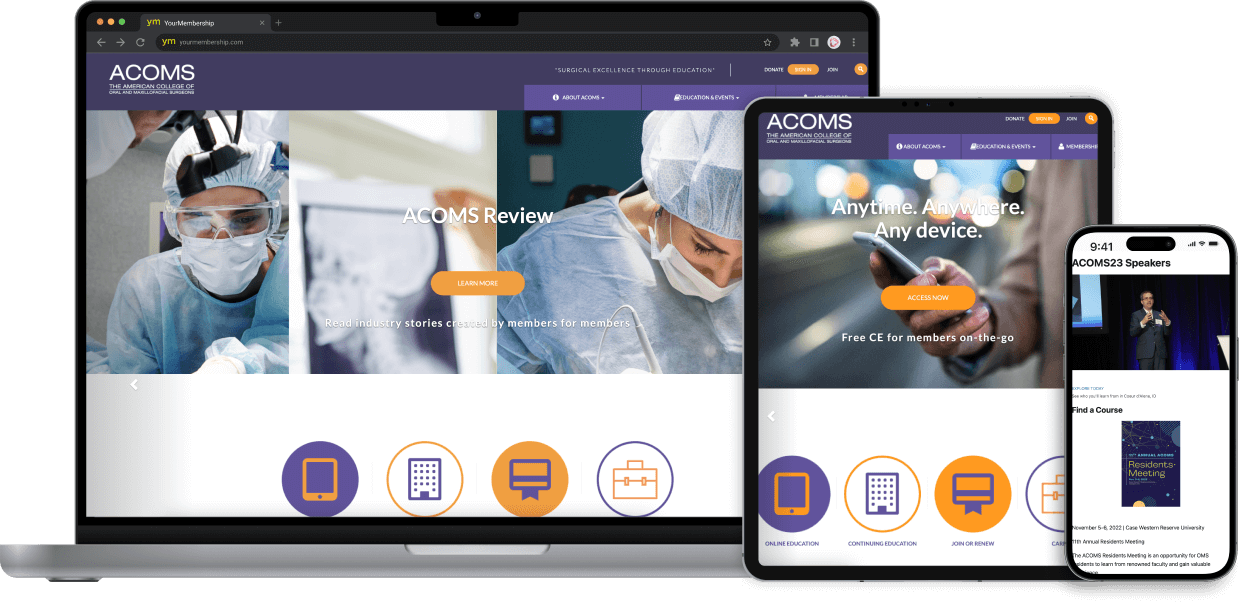Modern Internet Site Style That Catches Attention and Transforms
In a significantly electronic landscape, modern-day site design has become a critical aspect in recording customer attention and driving conversions. By purposefully employing aesthetic pecking order, responsive layouts, and involving interactive elements, developers can produce experiences that not just draw in site visitors yet likewise facilitate meaningful interactions. Moreover, effective call-to-action methods play a critical duty in guiding users toward wanted outcomes. As we discover these crucial parts, it ends up being clear that comprehending their interaction can significantly affect a web site's performance and customer complete satisfaction. What are the crucial elements that genuinely make a distinction?
Importance of Visual Pecking Order
Aesthetic hierarchy is an important aspect in web site design, as it overviews users' interest and enhances their total experience. By tactically arranging content, designers can direct individuals to the most important info first, therefore boosting engagement and enhancing use.
Incorporating a sensible flow in material setup is important; for circumstances, placing the most essential information at the top of a web page fosters immediate acknowledgment. Consistent use of typography, such as varying font dimensions and designs, helps establish a clear content framework. This organization not only aids in navigating but likewise constructs trust, as users feel a lot more comfy when they can easily find what they are searching for.
Ultimately, a well-executed aesthetic power structure not only improves visual appeal yet additionally considerably affects customer actions. By prioritizing important elements and making sure a smooth experience, developers can successfully convert site visitors right into consumers, enhancing the relevance of this fundamental design principle in contemporary web site development.
Responsive Design for All Gadgets
Producing a seamless experience throughout numerous tools is crucial in today's electronic landscape, where customers accessibility websites from smartphones, desktops, and tablets alike. Receptive design is a vital strategy that makes sure sites adjust fluidly to different display resolutions, dimensions, and positionings. By employing adaptable grids, images, and CSS media queries, designers can develop designs that maintain visual integrity and performance, no matter the gadget being utilized.
The significance of receptive design expands beyond aesthetic appeals; it directly affects user interaction and conversion prices. A web site that functions well on all gadgets encourages longer gos to and reduces bounce prices, as customers are most likely to communicate with material that is simple to navigate. Search engines, specifically Google, prioritize mobile-friendly websites in their positions, making receptive layout a crucial component of search engine optimization (SEO)
Including receptive style not only enhances individual experience yet additionally streamlines the advancement procedure. By developing a solitary site that functions throughout tools, businesses can save time and sources compared to developing separate mobile and desktop versions. Inevitably, responsive design is a fundamental strategy for contemporary site style, guaranteeing availability and contentment for all users, regardless of their device.
Engaging Interactive Elements
While a receptive layout lays the foundation for a useful website, incorporating engaging interactive components is crucial for catching individual interest and fostering deeper connections. Website Design. Interactive components, such as computer animations, tests, and clickable infographics, produce a more dynamic customer experience, urging site visitors to spend more time on the website
Including interactive functions can likewise direct users via facility info, making it simpler to digest web content. As an example, interactive sliders can show product variants, while embedded videos can give presentations or reviews that resonate greater than static images or message. Gamification methods, like incentives for engaging or finishing tasks with web content, can enhance customer motivation and retention.
Reliable use interactive components not only improves the user experience yet can also cause higher conversion rates. By making communications interesting and pleasurable, organizations can cultivate a sense of commitment and trust with their target market. It is necessary to stabilize interactivity with performance; overly complicated attributes might hinder site speed, negatively influencing customer satisfaction. Eventually, website here incorporating properly designed interactive components can considerably raise a web site's efficiency, driving engagement and conversions in today's competitive digital landscape.
Structured Navigating Practices
Efficient navigation is a foundation of any type of successful site, as it directly influences customer experience and web content access. Structured navigating methods guarantee that users can easily locate details, boosting their communication with the site. A well-structured navigation food selection need to be straightforward and instinctive, usually featuring a limited variety of main categories to avoid frustrating visitors.
To achieve structured navigation, designers need to prioritize a hierarchical framework that realistically organizes web content. Carrying out breadcrumb trails can give individuals with context concerning their existing place within click here for info the website, enabling seamless backtracking. In addition, using drop-down menus can successfully conserve room while still offering accessibility to subcategories.
Responsive layout is crucial, as navigation should be useful across all gadgets (Website Design). Mobile users, particularly, take advantage of touch-friendly menus and retractable sections that preserve use without jeopardizing visual appeals

Reliable Call-to-Action Techniques
A well-crafted call-to-action (CTA) is important for leading users towards desired results on a website, as it motivates them to engage with material or purchase. To website link maximize their performance, CTAs should be clear, engaging, and purposefully put throughout the website.
First, use action-oriented language that interacts necessity or value, such as "Start," "Join Currently," or "Case Your Discount." This language not just encourages users however also sets clear expectations concerning the following steps.
2nd, think about design elements; CTAs ought to attract attention visually through contrasting colors, adequate whitespace, and prominent positioning. A button that is simple to see and click boosts the chance of user interaction.
Furthermore, customizing CTAs based upon customer actions or demographics can significantly improve interaction. Customized messages reverberate extra with customers, driving greater conversion prices.

Verdict
In conclusion, contemporary internet site design emphasizes the combination of visual power structure, receptive layouts, engaging interactive aspects, structured navigating, and reliable call-to-action approaches. These components collectively enhance individual experience, making sure that site visitors continue to be involved and encouraged to explore content further. By prioritizing these design principles, companies can substantially enhance individual retention and conversion rates, eventually causing higher success in the electronic landscape. The constant development of website design underscores its vital function in efficient on the internet communication and advertising.
In a progressively digital landscape, modern-day internet site style has arised as an essential aspect in capturing customer interest and driving conversions.Visual hierarchy is a crucial component in web site design, as it overviews individuals' attention and boosts their general experience.The importance of receptive design expands beyond visual appeals; it straight affects user involvement and conversion rates.Including responsive layout not only boosts individual experience but likewise streamlines the growth process. Inevitably, responsive style is a fundamental method for modern web site design, making sure accessibility and fulfillment for all users, no matter of their tool.
 Tony Danza Then & Now!
Tony Danza Then & Now! Charlie Korsmo Then & Now!
Charlie Korsmo Then & Now! Heath Ledger Then & Now!
Heath Ledger Then & Now! Barry Watson Then & Now!
Barry Watson Then & Now! McKayla Maroney Then & Now!
McKayla Maroney Then & Now!